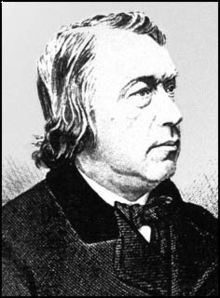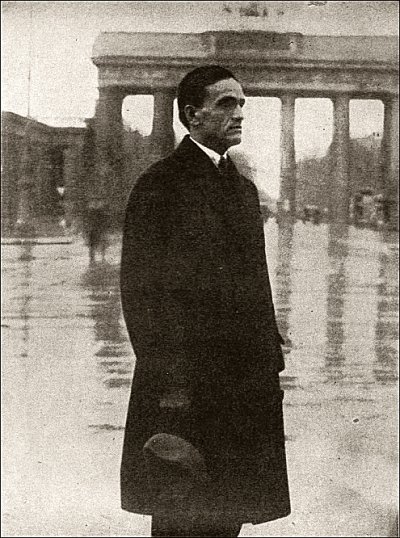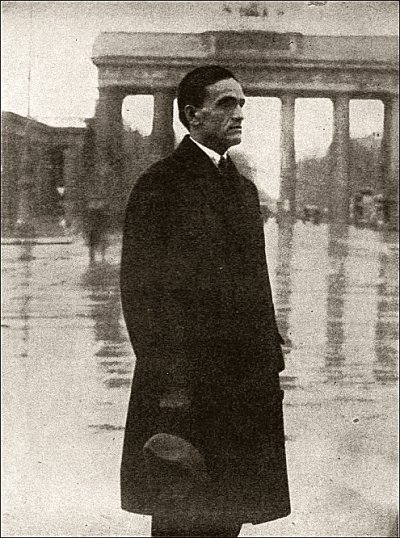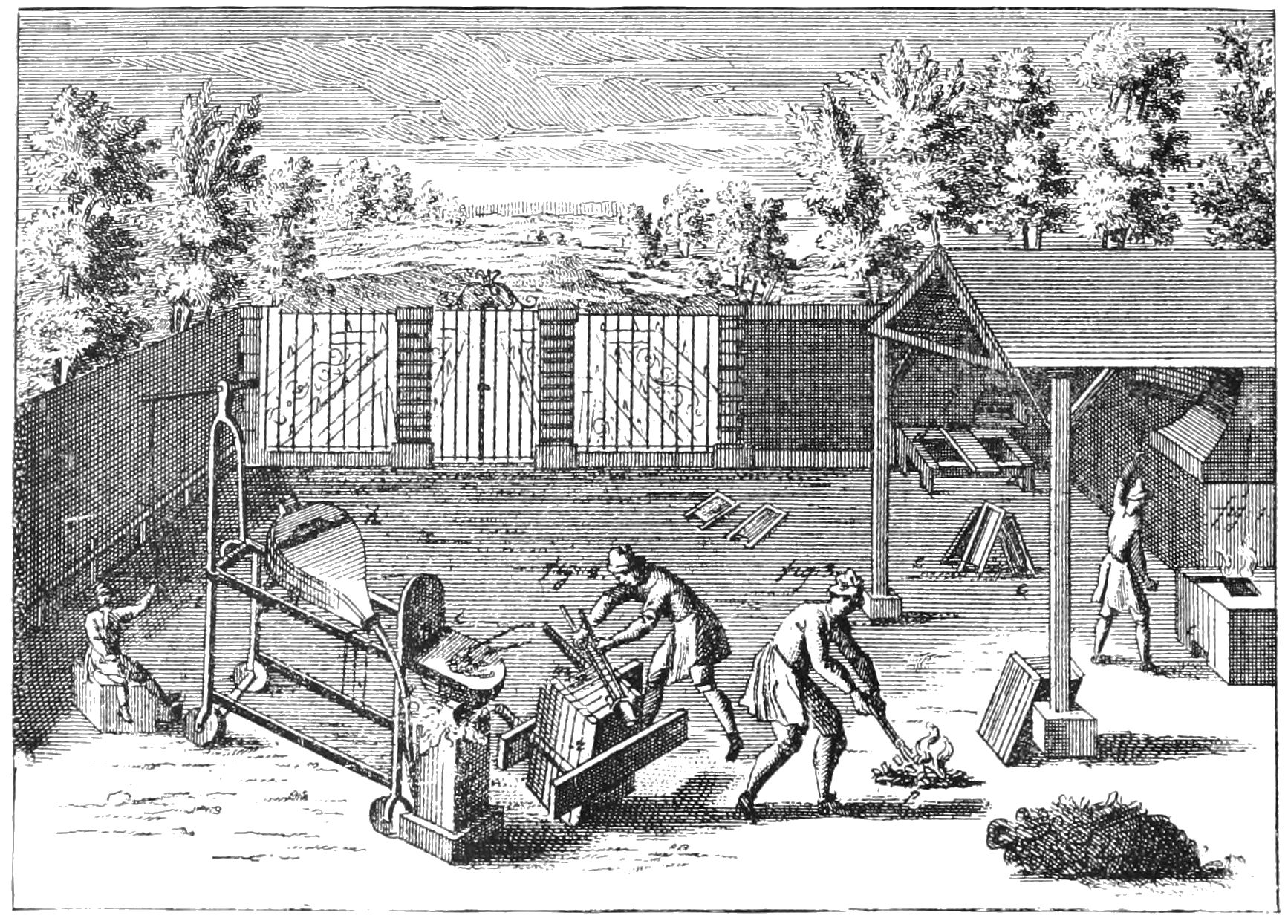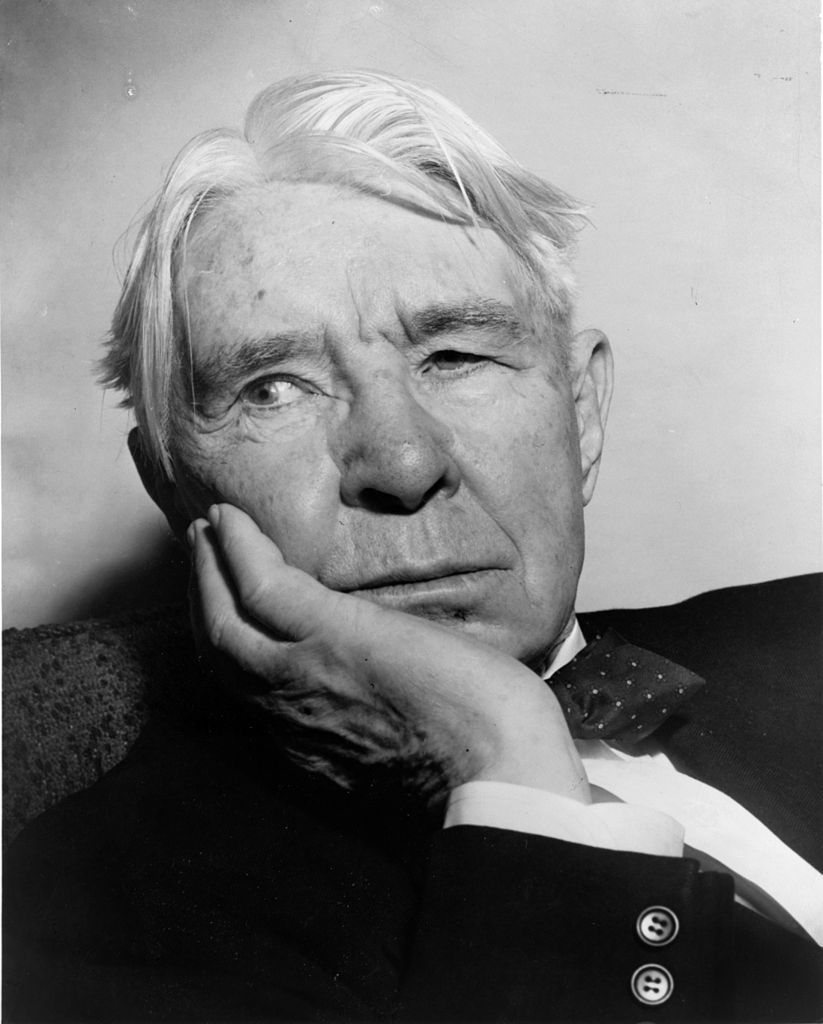About the Poet:
Christina Georgina Rossetti (5 December 1830 – 29 December 1894) was an English poet who wrote various romantic, devotional, and children’s poems. Of all Victorian women poets, posterity has been the kindest to Christina Rossetti. Her poetry has never disappeared from view. In Rossetti’s lifetime, opinion was divided over whether she or Elizabeth Barrett Browning was the greatest female poet of the era; in any case, after Browning died in 1861, readers saw Rossetti as the older poet’s rightful successor.
Christina Rossetti was born in Charlotte Street (now 105 Hallam Street), London, to Gabriele Rossetti and John William Polidori. She had two brothers and a sister: Dante Gabriel became an influential artist and poet, and William Michael and Maria both became writers. Christina, the youngest, was a lively child.
Rossetti was educated at home by her mother and father, who had her study religious works, classics, fairy tales, and novels. Rossetti delighted in the works of Keats, Scott, Ann Radcliffe, and Matthew Lewis. In the later decades of her life, Rossetti suffered from Graves’ Disease, diagnosed in 1872 suffering a nearly fatal attack in the early 1870s. She died in Bloomsbury on 29 December 1894 and was buried in Highgate Cemetery.
About the Poem:
The poem speaks about death and love. It speaks of the mourning associated with it and finally ends with a note extruding the love of a woman and hence makes this piece a great read.
After Death Setting:
The setting of the poem is evident to be after death, as mentioned in the title itself. The presence of a shroud, a garment for covering the corpse, the coldness of the speaker’s body, the melancholic atmosphere, everything suggests that the poem was written when the speaker was already dead. The words that were spoken were nothing but the reflection of the thoughts of the dead woman. With the advance of the poem, we see that the poem deals with the death and mourning of a loved one.
After Death Summary:
The poem is written as a tragic pathos of the dead and the mourns associated with losing a person.
“The curtains were half drawn, the floor was swept
And strewn with rushes, rosemary and may
Lay thick upon the bed on which I lay,
Where through the lattice ivy-shadows crept.”
This meant that the room was cozy and warm. The curtains were half-drawn, and only a little light was entering the room. The floor was swept, and there were sweet fragments smelling flowers around like rushes, rosemary, and may. The flowers suggest that there had been guests attending to see the dead woman, and the mourning was prevalent. Through the window, the shadows of the trees were entering the room as if in a dark and light play. This creates an ambiance.
“He leaned above me, thinking that I slept
And could not hear him, but I heard him say,
‘Poor child, poor child’: and as he turned away
Came a deep silence, and I knew he wept.”
Here, the speaker says that the beloved had looked at her and thought her sleeping, or rather dead, he murmured and pitied her. In the silence, he had wept for her loss. The sleep here is actually death. Though the beloved thought she was dead, her soul was present in the room itself. Her spirit and undying love for him remained even after her death, which he failed to recognize.
“He did not touch the shroud, or raise the fold
That hid my face, or take my hand in his,
Or ruffle the smooth pillows for my head:
He did not love me living, but once dead
He pitied me; and very sweet it is
To know he still is warm though I am cold.”
The beloved didn’t touch the garment that covered the body of the dead woman, did not ruffle the pillows on her head, didn’t even show a gesture of love by taking her hand into his.
But, the speaker understood that the beloved had feelings of pity for her , though he didn’t love her. But though she was herself sorrowful, she felt happy that though she was dead, her beloved was living and right now was at least feeling pity for her. The transition of emotions from being absolutely cold towards her to the feeling of pity after her death holds great importance in the poem.
After Death Analysis
The poem deals with tragic love and death. Throughout the poem, the speaker speaks after her death. She goes on to describe the ambiance of the room – the fragrances, the curtains being half drawn, the aromatic flowers around, the light-and-dark play in the room, with the shadow of trees entering through the window. The ambiance is very familiar with the ambiance of a sorrowful and mourning house. It reflects that her death has affected the other people around her.
However, the mind of the dead lady (rather the soul if we consider it in an inner depth) was concerned about her beloved. She had loved him boundlessly, without a pause or a doubt. Thus, she looks at his actions. She notices that he doesn’t pull at the shroud, doesn’t holds her hand in his to display his affection. He simply weeps and pities her. This suggests that though she loved him, he might not have reciprocated in the same manner but now weeps because she is dead.
The end of the poem strikes our heart, as she says that she is glad her beloved is still alive even though she is dead. She also feels the joy to know that he finally has some ‘warm’ feelings for her – maybe not love, but even pity is enough.
After Death Theme:
The central theme of the poem deals with tragic love and death.
Tragic love:
The love of the speaker with her beloved was tragic and painful. Through the actions of the beloved, it is evident that he didn’t show any gesture of great sorrow or deep love. He didn’t touch the shroud or folded it; he didn’t take her hand in his; he didn’t even ruffle her soft pillow. He didn’t show any sign of affection. However, he just pitied her, weeping in the silence and saying, “ Poor child, poor child.” His pitying on her finally on her death strikes a chord in our hearts.
Death:
Death plays the most important theme in the poem. From the beginning till the end, death has been a constant in the poem. The poem starts with the ambiance curtains being half drawn, the floor is swept, and the aromatic flowers in the room. The aromatic flowers suggested that there had been guests to visit the dead woman.
Further, the presence of shroud covering the body, the light, and darkness with the shadow of trees filling the room, which has been desolate – apart from the beloved’s presence, shows that death is evident and is very much the theme the poem.
After Death Tone
The tone of the poem has been melancholic. From the beginning till the end, the ambiance and the atmosphere are filled with sadness. Through the light and darkness, the shadow of trees, the quietness of the room, the silence in the place apart from the weeping and mourning of the beloved. Throughout the poem, the lady’s soul remains in the world and speaks of the things that she observes, which creates a tone of melancholy.
After Death Figures of Speech:
The poem is a sonnet with an iambic pentameter.
The poem is full of imagery. From the beginning to the end, imageries decorate the poem. The curtains were half-drawn, and the floor being swept create an image in our mind of a cosy room, with a little light inside and well kept and tidied the room. The shadows of ivy trees entering through the window bring forth a play of light and dark, intricately associated with the theme of death.
The shroud covers the body, the beloved murmuring “poor child” about the woman all creates an image of sadness and mourning.
The poem has several symbolism like “rushes, rosemary and may” are sweet-smelling flowers. Their presence on the bed suggests that the room was cared for, and the woman has recalled it repeatedly. There was a presence of people and guests when she was dead, and thus the sweet-smelling flowers were kept to keep a calm ambience of the place without the foul smell.
This meant that the room was semi-dark. The shadows of trees coming from the window suggest a game of light and darkness that intensified the room. This is also a symbolism of the after-death scene, where the world is an obscure blur among the clearness of light and despair of dark.
The lover addressing the woman as a poor child and offering her pity only after her death symbolises that death changes people’s emotions towards one.
“He pitied me; and very sweet it is
To know he still is warm though I am cold.”
This symbolises the speaker’s deep love for her beloved. However, the body is ‘cold’ symbolises her death. Also, the lover being ‘warm’ has a deeper meaning, which denotes the feeling of warm love that the speaker’s death has generated in his mind.
Euphemism:
When the speaker says:
“He pitied me; and very sweet it is
To know he still is warm though I am cold.”
she uses “cold” to describe herself being dead, thus saying something unpleasant indirectly. Thus, this is a euphemism.
After Death Style:
“The curtains were half drawn, the floor was swept (A)
And strewn with rushes, rosemary, and may (B)
Lay thick upon the bed on which I lay, (B)
Where through the lattice ivy-shadows crept. (A)
He leaned above me, thinking that I slept (A)
And could not hear him; but I heard him say, (B)
‘Poor child, poor child’: and as he turned away (B)
Came a deep silence, and I knew he wept. (A)
He did not touch the shroud, or raise the fold (C)
That hid my face, or take my hand in his, (D)
Or ruffle the smooth pillows for my head: (E)
He did not love me living, but once dead (E)
He pitied me; and very sweet it is (D)
To know he still is warm though I am cold. (C) “
With the theme of death and tragic love, the intricately well-written poem with wonderful diction and great imagery stand supreme in the era.
Some online learning platforms provide certifications, while others are designed to simply grow your skills in your personal and professional life. Including Masterclass and Coursera, here are our recommendations for the best online learning platforms you can sign up for today.
The 7 Best Online Learning Platforms of 2022
- Best Overall: Coursera
- Best for Niche Topics: Udemy
- Best for Creative Fields: Skillshare
- Best for Celebrity Lessons: MasterClass
- Best for STEM: EdX
- Best for Career Building: Udacity
- Best for Data Learning: Pluralsight
